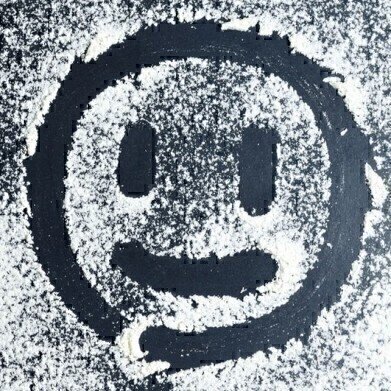HPLC, UHPLC
What's in the ‘Bath Salts’? — Chromatography Explores
May 29 2018
Bath salts are not something you want to be passing around your family at Christmas. Bath salts are a street name given to synthetic cathinones — a stimulant related to natural cathinone. Cathinone is a stimulant found in the khat plant. Although there is plenty of research on the individual effects of the drugs classed as bath salts, forensic analysis of bath salts shows that most bath salts are combinations of two or more compounds.
A recently published PhD dissertation by Serena Allen at East Tennessee State University — The Combined Neuropharmacology and Toxicology of Major 'Bath Salts' Constituents MDPV, Mephedrone, and Methylone —has looked at the combined effects of three of the most commonly found compounds in bath salts using liquid chromatography. Chromatography is a commonly used tool to analyse drugs samples as discussed in the article, Identification of an Unknown Constituent in Hemp-Derived Extract Using Reversed-Phase Orthogonal Methodology.
Bath salts — designer stimulants
Khat is a plant grown in Africa and Arabia. Its leaves have been chewed for centuries, providing energy. The leaves contain two stimulant drugs that can affect the mind and body. Khat was made illegal — a controlled class C drug — in the UK in 2014.
Synthetic cathinones contain man-made stimulants that are related to cathinone. They are usually white crystals and are sold in packages labelled ‘bath salts’, jewellery cleaner’ or ‘plant food’. They are also known as ‘new psychoactive substances’ (NPS) — an unregulated collection of mind altering compounds. Synthetic cathinones are released onto the market very quickly, sometimes with small molecular changes that are designed to circumvent any laws in place to control them.
MDPV and other ‘bath salts’
The work carried out in East Tennessee looked at three of the most commonly recurring substances found in bath salts. 3,4- methylenedioxypyrovalerone (MDPV), 4- methylmethcathinone (mephedrone), and 3,4- methylenedioxymethcathinone (methylone) are used as psychoactive substances. MDPV for example affects the brain in a similar way cocaine does. But it can be much more powerful.
The dissertation attempted to look at the effects of combined synthetic cathinone exposure on dopamine in the brain. Using mice, synthetic cathinones were administered singularly and in combinations and samples taken. The samples were analysed for dopamine and its metabolites using high performance liquid chromatography – electrochemical detection (HPLC-ECD).
The study found that interactions due to different substances being in the bath salts contributed to the psychostimulant and toxic effects of the bath salts. Bearing in mind that the market in these drugs are unregulated — users must be aware that they don’t know what they are taking and what might happen. Unfortunately, the news regularly features casualties of unregulated drug use. Be careful what you take.
Digital Edition
Chromatography Today - Buyers' Guide 2022
October 2023
In This Edition Modern & Practical Applications - Accelerating ADC Development with Mass Spectrometry - Implementing High-Resolution Ion Mobility into Peptide Mapping Workflows Chromatogr...
View all digital editions
Events
Apr 28 2024 Montreal, Quebec, Canada
May 05 2024 Seville, Spain
May 15 2024 Birmingham, UK
May 19 2024 Brno, Czech Republic
May 21 2024 Lagos, Nigeria














